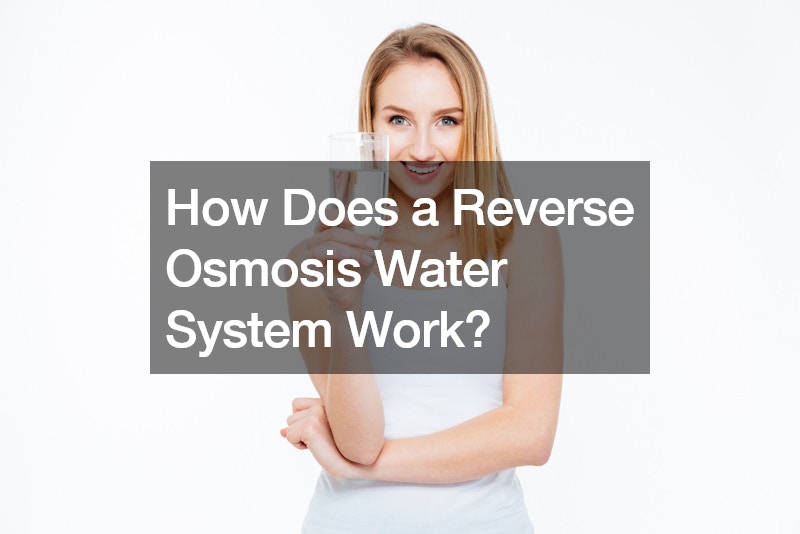

A reverse osmosis water system is a purification process that discards contaminants from water by using pressure to force water molecules by a semipermeable membrane. Here’s how this innovative technology works.

- How does a reverse osmosis water system work? In a reverse osmosis system, water is first pre-filtered to remove sediments and larger particles. Then, the water is pressurized and forced through the semipermeable membrane, where contaminants are trapped and isolated from the pure water.
- What contaminants does reverse osmosis remove? Reverse osmosis systems have the ability to eliminate a wide range of contaminants, which includes chlorine, fluoride, lead, bacteria, and even viruses. This results in water that is safe, clean, and free from any harmful substances.
- Is reverse osmosis water safe to drink? Yes, its water is safe to drink and often considered to be among the purest forms of drinking water available. It offers a reliable source of clean and healthy water for drinking and cooking.
- What are the benefits of using a reverse osmosis water system? Using a mobile reverse osmosis water system can heighten the taste, odor, and appearance of water by removing impurities.
- Where can a reverse osmosis water system be used? Reverse osmosis water systems are commonly used in residential setups, as well as in commercial and industrial applications where high-quality water purification is required. Mobile reverse osmosis systems are also available for portable water purification needs.


